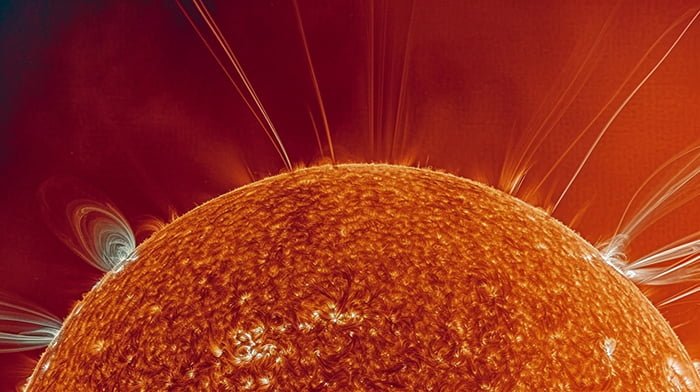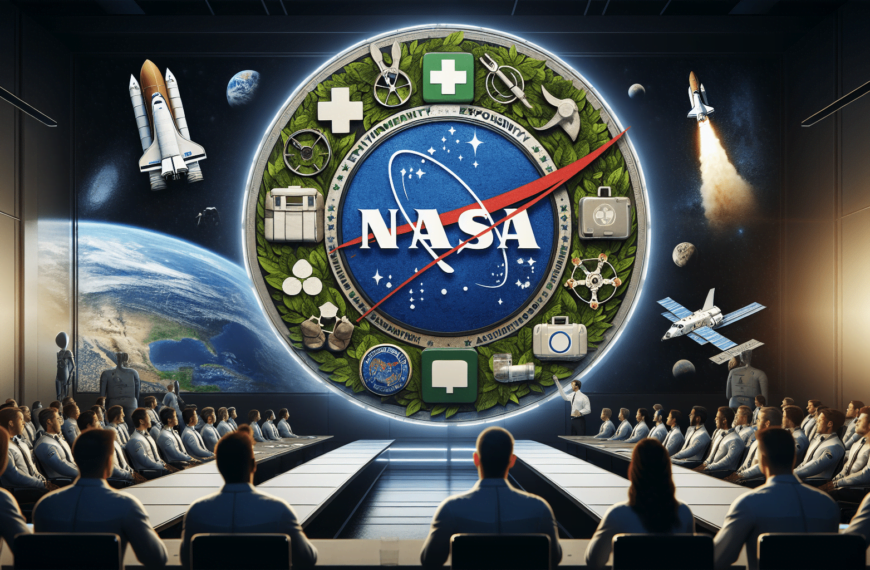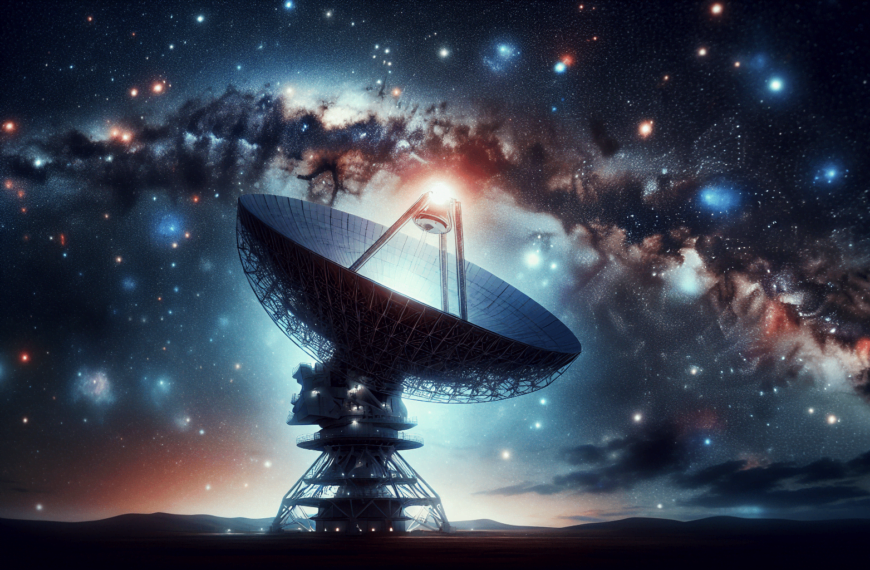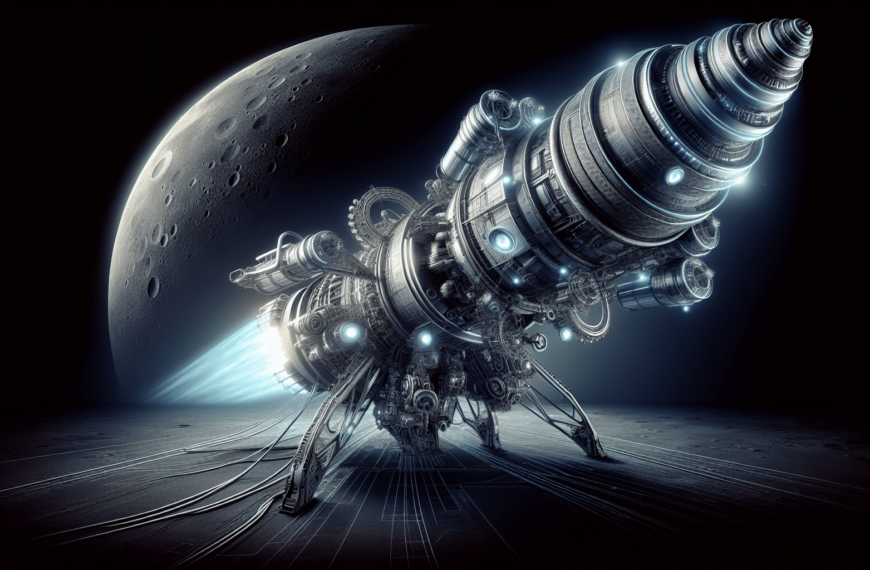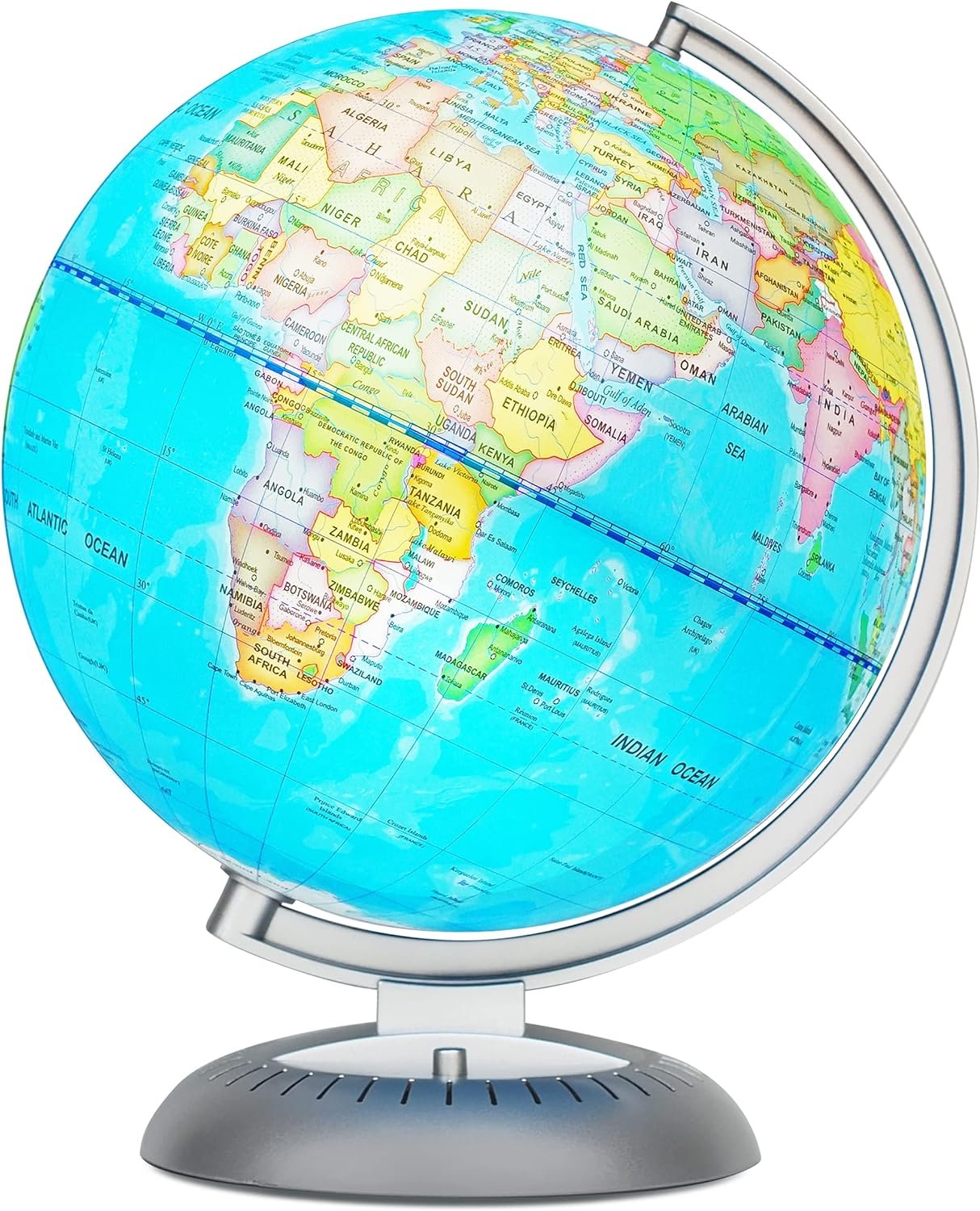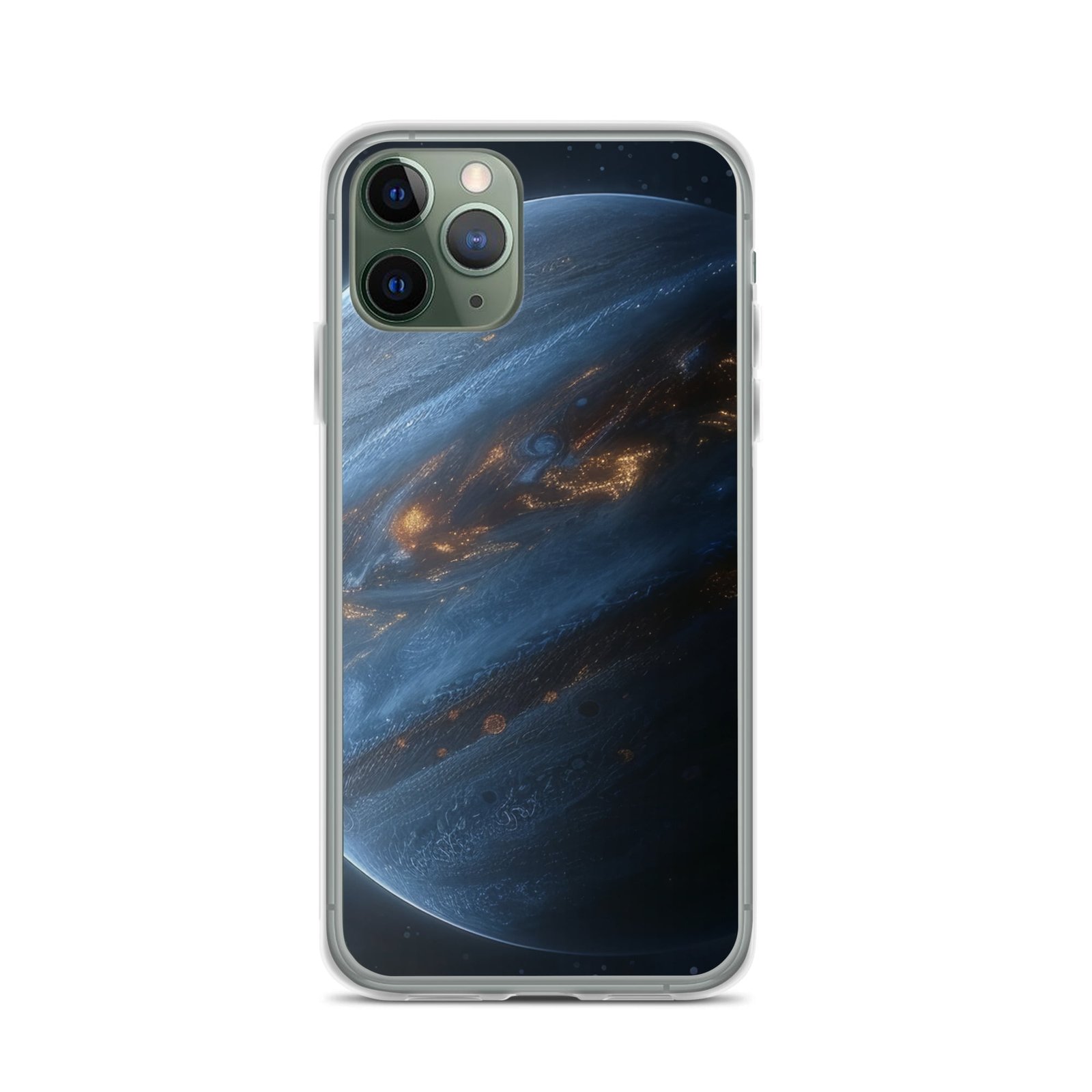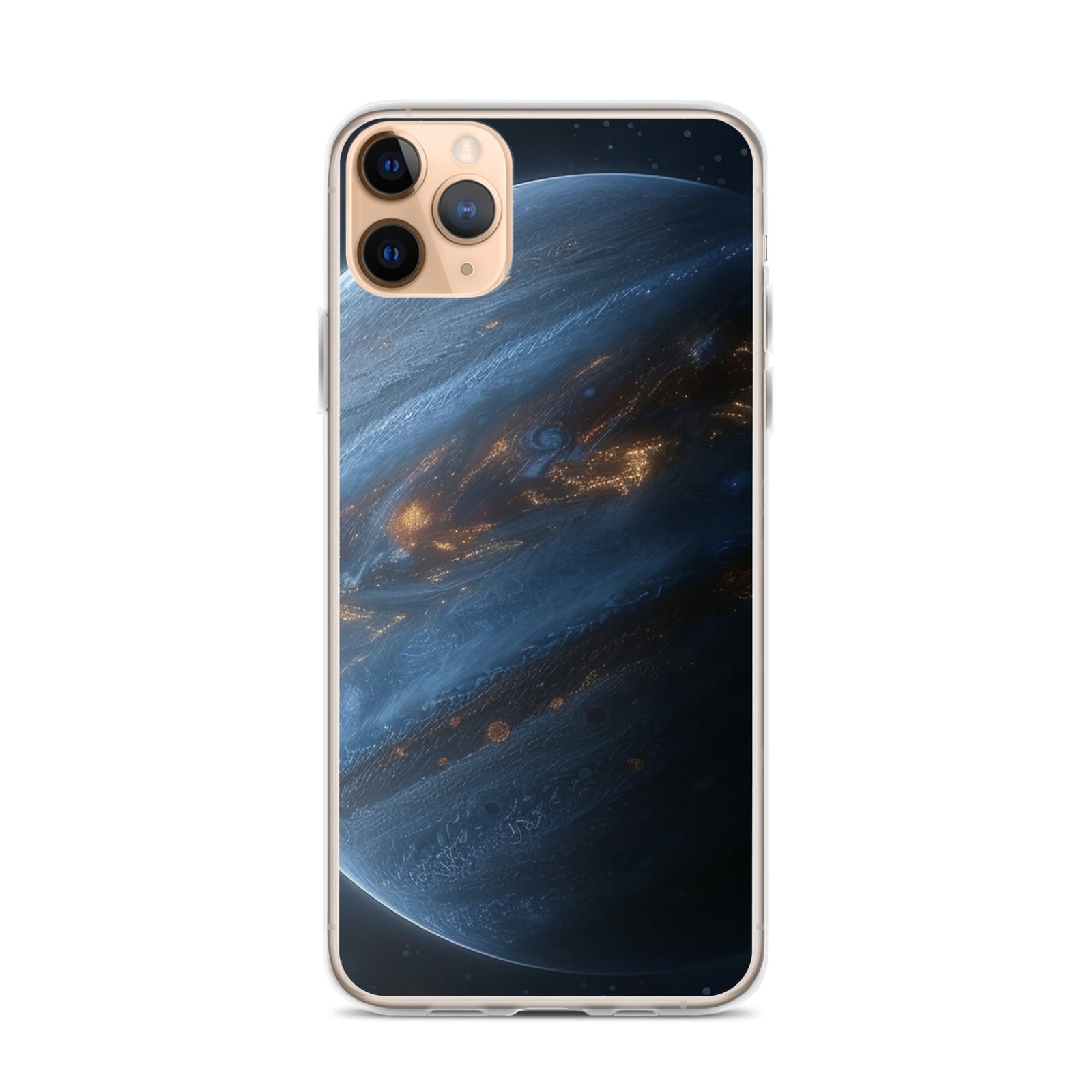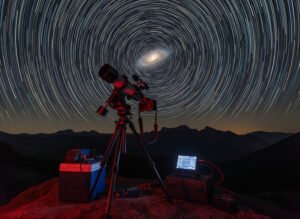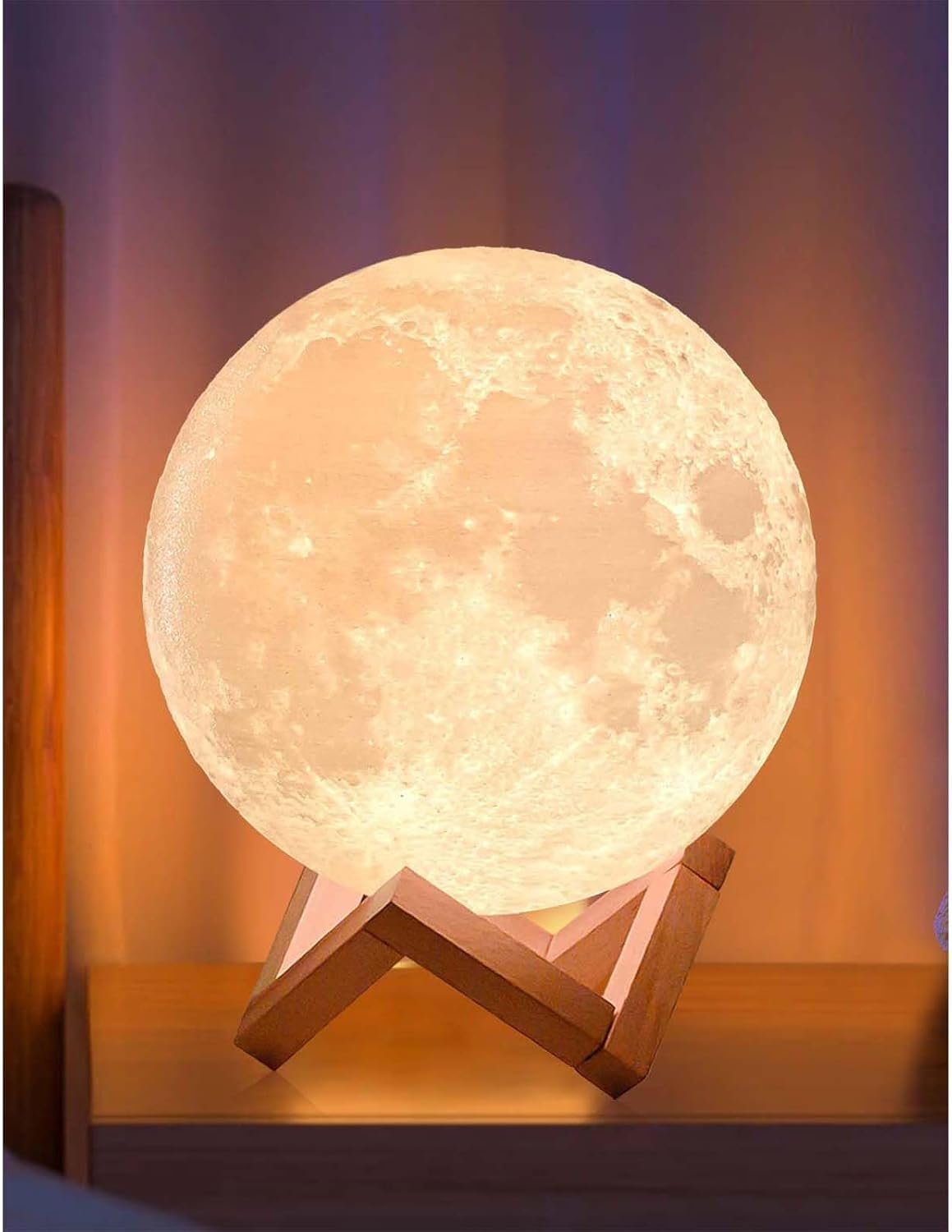Explore the future of space exploration with space planes! Discover their history, benefits, and potential for revolutionizing travel.
Takeaways 📝
- Space planes are transforming space exploration by combining the functionalities of aircraft and spacecraft, enabling more flexible and cost-effective missions.
- The Space Shuttle, launched in 1981, marked a pivotal moment in space travel, showcasing the viability of reusable spacecraft for human missions.
- The X-37B Orbital Test Vehicle demonstrates the military potential of space planes, performing classified missions since 2010 and highlighting their versatility.
- Space planes are set to revolutionize not only scientific research and satellite deployment but also the emerging field of space tourism, making space travel more accessible.
- The core message emphasizes that space planes represent a significant leap in technology, promising to open new frontiers in exploration and democratize access to space.
The space plane, a term once confined to the realm of science fiction, is a technological marvel that is revolutionizing space exploration. But what exactly is a space plane, and how is it changing our approach to exploring the cosmos? Let’s dive into this fascinating topic.
What is a Space Plane?
A space plane is a vehicle that operates both in the Earth’s atmosphere and in outer space, a feat that has long captivated the imaginations of scientists, engineers, and space enthusiasts alike. Unlike traditional spacecraft, which are launched into space on a one-way journey, space planes are designed for orbital exploration and are capable of taking off and landing like a conventional airplane. This dual capability allows for more flexible and cost-effective space missions.But, the concept of a space plane is not a new one. It has been around for decades, evolving from the pages of science fiction novels into tangible, operational vehicles that have made significant contributions to our understanding of space and its myriad mysteries.
The History of the Space Plane
The concept of a space plane has been around since the dawn of the space age. However, it wasn’t until the late 20th century that this concept became a reality, driven by advancements in technology and a growing understanding of the challenges and possibilities of space exploration.The first operational space plane was the Space Shuttle, developed by NASA in the 1970s and launched in 1981. It was designed to be a reusable vehicle that could transport astronauts and cargo to and from space, reducing the cost and increasing the efficiency of space travel. The Space Shuttle marked a significant milestone in the history of space exploration, demonstrating the feasibility of reusable spacecraft and paving the way for future developments in this area.
Prominent Examples of Space Planes
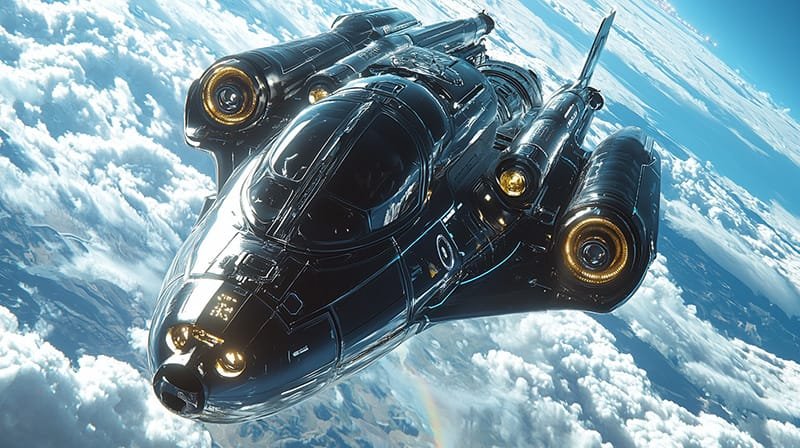
NASA’s Space Shuttle
The Space Shuttle, officially called the Space Transportation System (STS), was a partially reusable spacecraft system that was used by NASA for human spaceflight missions. It had a unique design that incorporated a winged orbiter, two solid rocket boosters, and an external tank. The orbiter was the heart of the Shuttle and acted as both the spacecraft and the space plane, capable of operating in space and then returning to Earth like an airplane.
The X-37B Orbital Test Vehicle
The X-37B Orbital Test Vehicle (OTV), a highly secretive space plane developed by the U.S. Air Force, is another example of this type of vehicle. The X-37B is a fully autonomous, reusable spacecraft that is launched atop a rocket but lands like a traditional airplane. Despite its secretive nature, it is known that the X-37B has been conducting classified missions since 2010, demonstrating the potential for space planes in military applications.
How Does a Space Plane Work?
Space planes combine the technology of an airplane and a spacecraft into a single vehicle. They are launched into space using a rocket. Once in space, they can maneuver using onboard engines. When the mission is over, the space plane re-enters the Earth’s atmosphere and lands much like an airplane.This dual capability is what sets space planes apart from other spacecraft. It allows for more precise return missions, as the space plane can be guided to a landing at a specific location. It also allows for quicker turnaround times between launches, as the space plane can be refurbished and relaunched, reducing the cost of space travel.
The Benefits of Space Planes
Space planes offer several advantages over traditional rockets. They are reusable, which can significantly reduce the cost of space travel. Additionally, their ability to land on a runway allows for more precise return missions and quicker turnaround times between launches. This reusability is a key factor in making space travel more accessible and affordable.Moreover, space planes can potentially carry out a wider range of missions than traditional spacecraft. They can be used for scientific research, satellite deployment, space tourism, and even military applications. This versatility adds to their appeal and potential for future development.
The Future of Space Planes
While space planes are still a relatively new technology, they hold great promise for the future of space exploration. Companies like SpaceX and Blue Origin are developing their own versions of space planes, with the goal of making space travel more accessible and affordable.Space planes are also expected to play a key role in the nascent field of space tourism. Companies are developing space planes that can carry tourists to the edge of space, providing a unique and thrilling experience that was once only available to astronauts.
Wrap-up
In conclusion, the space plane represents a significant advancement in space exploration technology. By combining the capabilities of both an airplane and a spacecraft, space planes offer a more flexible and cost-effective way to explore the cosmos. As technology continues to advance, we can expect to see more space planes taking to the stars, revolutionizing our approach to space exploration and potentially opening up the wonders of space to more people than ever before.The journey of the space plane, from concept to reality, is a testament to human ingenuity and the relentless pursuit of knowledge. As we continue to push the boundaries of what is possible, who knows what the future may hold? But one thing is clear: the space plane will be at the forefront of this exciting journey, leading the way into the cosmos.




